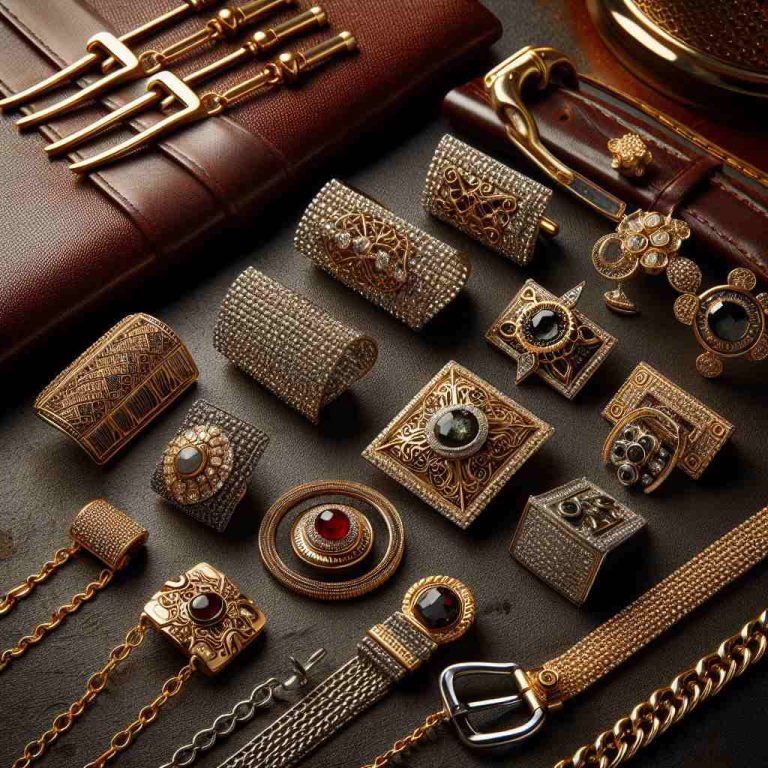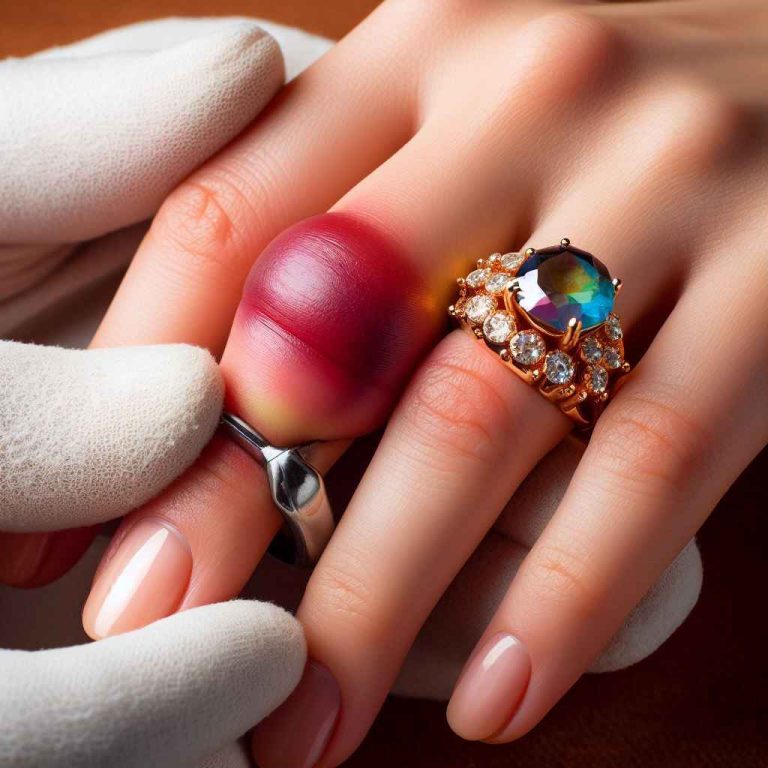10K Gold vs 14K Gold: Which Is Better? All You Need to Know
Since the beginning of history, gold has been loved by many around the world, in the form of jewelry and also assets.
Even though it is such a well known material, there are many people who don’t know much about the meaning or how to distinguish the purity of gold.
“Purity” is what determines the value of gold.
In this blogpost, I will be introducing everything you need to know about the purity of gold.

What is Karat?
Have you ever seen a carved inscription, such as “18K” or “22K” on your gold products?

The “K” in these inscriptions stand for “karat” and it represents the purity of the gold used in the product.
KARAT VS. CARAT
Do not confuse “karat” with “carat” as they are used to describe completely different things.
“Carat” is a unit used to measure and categorize gems.
Gold “karat” refers to the purity of gold, while “carat” refers to the weight of a gemstone.
HOW MANY KARATS IS PURE GOLD?
So, what is the purity of gold?

The “purity” of gold refers to the ratio of gold versus other metals used in the jewelry.
24K gold is pure gold.
The measurement of gold purity is divided into 24 parts.
24K gold is made of 24 parts gold and 0 parts other materials.
ISN’T ALL GOLD JEWELRY MADE OF PURE GOLD?

Did you know, many gold products are not made of gold alone?
While it is true that the higher the gold’s purity, the more valuable it is as a precious metal.
However, there are also drawbacks to pure gold.
Pure gold can deform, lose shape, or get stretched easily.

To add workability to a gold piece, other metal needs to be added into the composition to create something called a gold alloy.
For sure, you’ve seen coloured gold in jewelry stores.
Namely, yellow gold, rose gold, and white gold.
You can create different colours of gold depending on what other metals you add into the alloy.
For example, to get its pink colour, rose gold contains copper in its alloy mix.
WHY DOESN’T PURE GOLD JEWELRY EXIST?
If a piece is made of gold only, they are considered pure gold.
However, in the jewelry world, gold products are often made by mixing pure gold with other metals.
This is because pure gold is too malleable to have a functional and practical purpose.

For added durability and rigidity, gold must be mixed with another metal to produce a functioning metal that can withstand everyday usage.
Can You Tell the Difference Between Gold of Different Karats?
HOW DO THEY LOOK DIFFERENT?

To the naked eye, different karats of gold look virtually the same.
However, the higher the purity, the less likely the piece will discolour.
Let’s take a look at white, which is essentially gold coated in platinum.
With time, the white coating will start to peel off, exposing the yellow underneath.
Compared to 14K gold, the colour of 10K gold is much easier to lose colour.
ARE THEY REAL GOLD?
Yes.
Gold alloy, regardless of its notation, is real gold.

Gold alloy is real gold with an addition of another metal material.
How Are Different Karat Golds Different From Each Other?
GOLD CONTENT

10K GOLD
10K gold is made from 10 parts gold and remaining 14 parts other materials.
This means a 10K jewelry piece is made of 41.7% of gold (calculated by 10/24) and 58.3% other metals.
14K GOLD
14K gold is made from 14 parts gold and remaining 10 parts other materials.
This means a 14K jewelry piece is made of 58.3% of gold (calculated by 14/24) and 41.7% other metals.
18K GOLD
18K gold is made from 18 parts gold and remaining 6 parts other materials.
This means a 18K jewelry piece is made of 75% of gold (calculated by 18/24) and 25% other metals.
22K GOLD
22K gold is made from 22 parts gold and remaining 2 parts other materials.
This means a 22K jewelry piece is made of 91.6% of gold (calculated by 22/24) and 8.4% other metals.
24K GOLD
24K gold is made from 24 parts gold and remaining 0 parts other materials.
This means a 24K jewelry piece is pure gold made of 99.9-100% of gold.
The remaining 0.01% is the impurities found in pure gold.
The higher the number, the more pure it is.
PRICE
14K gold pieces are much more valuable and expensive than 10K gold due to the higher gold content found in the alloy – 58.3% in 14K gold vs. 41.7% in 10K gold.
Some people might think, “Isn’t pure gold the best?”
Pure gold is so soft that it easily deforms and therefore is not suitable for ornamentation.
The hardness of pure gold is strengthened by adding other more durable metals.
As the price of gold continues to soar, 10K gold has become a popular high-quality material that is reasonably-priced.
COLOUR
The colour of gold metal changes depending on its purity, the proportion of gold and other metals, and what other metals are added to the alloy.
YELLOW GOLD
The greater the proportion of gold, the closer it will be to the original golden-yellow color of gold.
If you like a dark-yellow shade of gold, opt for 14K gold over 10K gold.
ROSE GOLD
The higher the proportion of gold, the lower the proportion of copper.
This results in a warmer shade.
If you like rose gold with a strong pink, you can choose 10K gold.
WHITE GOLD
White gold is platinum-coated gold.
Regardless of the proportion of gold, whether it is 10K or 14K, the surface has the same colour since it is coated.
METAL HARDNESS
As you know by now, gold is extremely malleable.
It needs another metal to be added to keep it strong to withstand usage in everyday life.
The higher the purity of the gold, the softer it is.
When different metals are added into the alloy, the resulting gold alloy is hardened.
This means that 10K gold is stronger and more durable than 14K gold.
While, 14K gold is harder than 18K gold.
Can Gold Tarnish?

Tarnishing is an inevitable chemical process that occurs naturally when metals come into contact and react with the elements like air and moisture.
Tarnish appears as a thin film of corrosion found on metal.
It can be seen on your jewelry as a dark discolouration causing the jewelry piece to lose its shine and appear brassy or old.
Any type of jewelry that isn’t made of 100% pure gold (24K) can tarnish.
The most widely-used gold alloy is between 9K and 18K, rather than pure 24K gold.
It is generally the other metals mixed into the gold composition that reacts with the elements, like oxygen and water, to cause tarnish.
This means that both fine gold jewelry made up of 10K, 14K, or even 18K may tarnish.
Can Gold Cause Allergies?

Gold is a hypoallergenic material meaning it is non-reactive and very unlikely to cause irritation in the skin.

When gold is mixed with other metals to create a gold alloy for jewelry, depending on what other metals are added into it, allergies and irritation can arise.
Therefore, the higher the amount of gold in the composition of the alloy, the less likely there is a chance of allergies and irritation.
Pure 24K gold will not give you an allergic reaction, but the only downside is that it will be a lot less durable than lower-karat gold since it is extremely soft.
Is 10K or 14K Gold More Popular?
Whether it is for everyday jewelry or for gifts, we recommend 14K gold jewelry.
14K is more long-lasting and even with prolonged and daily usage, there is almost no change due to discolouration or scratches.
It is surely a timeless piece you can use forever.
However, on an affordability point of view, 10K gold is much more economic because it contains less gold content than its 14K counterpart.
To the naked eye, they are essentially the same visually.
However, 14K gold jewelry is more durable and therefore a great option for everyday jewelry.
If you are looking for white gold, we recommend 14K or platinum.
Platinum has the same colour as white gold, so it is essentially like white gold.
However, unlike platinum-coated gold, platinum will not flake off exposing the yellow gold underneath.
Not a fact that many people know, but platinum is much more rare than gold.
Pros and Cons of 10K and 14K Gold
PROS OF 10K GOLD
- Affordable: Because the content of gold is much less in 10K gold, the resulting alloy is much more economical than its 14K counterpart.
- Great Option for Warmer Shades of Gold: Gold alloys are used to create different shades of gold. While the original colour is gold is golden-yellow, adding different alloys can result in the gold to change into different hues. If you like rose gold with a strong pink, opt for 10K gold.
CONS OF 10K GOLD
- Higher Chance of Discolouration: While gold itself does not discolour, the discolouration occurs when the trace materials added to the gold alloy composition has gone through sulfidation. However, the discolouration is not extreme and is reversible.
PROS OF 14K GOLD
- More Valuable: 14K gold is much more valuable as a precious metal because it contains more gold than its 10K counterpart.
- Long-Lasting: 14K is more long-lasting and even with prolonged and daily usage, there is almost no change due to discolouration or scratches.
CONS OF 14K GOLD
- More Expensive: Because there is a higher gold content in 14K gold, it will cost more than 10K gold.
Our Verdict
Its majestic shine and allure are some of the reasons that make gold so captivating.
An elegant gold chain or a pair of gold hoop earrings can immediately elevate your entire look.
Now that you’re familiar with gold and gold designations are you ready to take a look at our affordable everyday jewelry?





